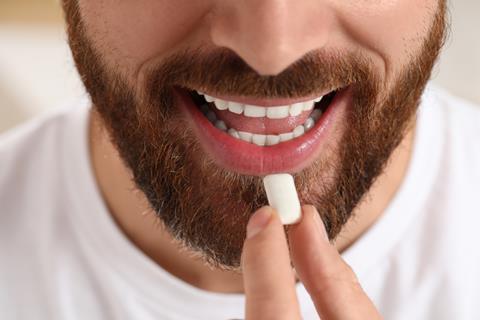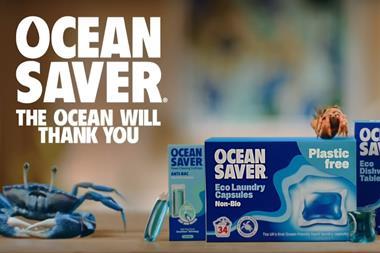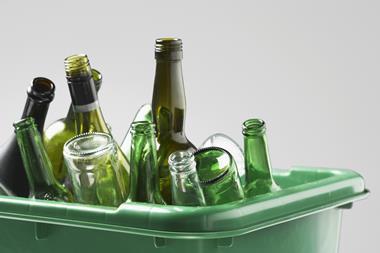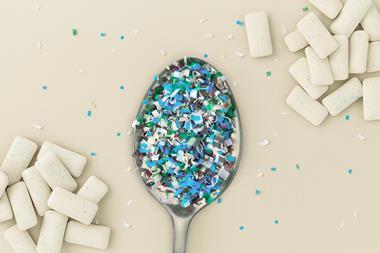
US research indicating that natural chewing gums release “similar amounts of microplastics” into the saliva to synthetic gums highlights a need for greater transparency in the category, a UK scientist has advised.
In a pilot study, scientists at the University of California, Los Angeles, tested five natural and five synthetic brands. They measured an average of 100 microplastics released into the saliva per gram of gum, though some individual gum pieces released as many as 600 microplastics per gram.
Natural gum products contain a plant-based polymer, such as chicle or other tree sap, while traditional gums use synthetic rubber bases from petroleum-based polymers.
As a typical piece of gum weighs between two and six grams, a large piece of gum could release up to 3,000 plastic particles, the researchers estimated.
A person who chews 160 to 180 small sticks of gum per year could therefore ingest around 30,000 microplastics annually, they projected.
“Our initial hypothesis was that the synthetic gums would have a lot more microplastics because the base is a type of plastic,” said UCLA graduate student Lisa Lowe, who presented the research at the spring meeting of the American Chemical Society.
“Surprisingly, both synthetic and natural gums had similar amounts of microplastics released when we chewed them,” Lowe added.
Cause for concern
However, Dr David Jones, a teaching fellow in the School of the Environment & Life Sciences at the University of Portsmouth and CEO of marine conservation charity Just One Ocean, has raised concerns over the findings of the pilot study, which “hasn’t been peer-reviewed”.
One “cause for concern” Jones identified was that the researchers claimed to have found polyethylene terephthalates (PET) in both the synthetic and natural gums.
“PET is not generally used in gum base, but it’s one of the most common airborne fibres, as it’s what the fleeces we wear are made from, and it’s in plastic bottles,” Jones said.
Jones also pointed out the study didn’t include a control in the form of testing the volume of microplastic particles in the saliva of someone who hadn’t chewed gum.
“We inhale, ingest and drink something like 250,000 microplastic particles a year, just from being alive,” he added.
Furthermore, Nuud chewing gum founder Keir Carner claimed there were “American brands that purport to be natural but use a plastic gum base and because of the legislation they don’t list the plastic gum base”.
Greater transparency
Nuud is currently lobbying the UK government to impose a ban on chewing gum containing plastic.
Tom Raviv, founder of plastic-free chewing gum brand Milliways, said: “Now’s the time to speak up. If you’re a natural brand, then I think it’s really important to stand by that, and continue being transparent.”
A spokeswoman for the International Chewing Gum Association said it was “aware of a preliminary pilot study presented by UCLA researchers at the ACS Spring 2025 Meeting, suggesting the presence of microplastics in chewing gum”.
“The study is only a pilot, and the investigators themselves state the results are preliminary and not a cause for alarm. Important questions remain regarding the study’s methodology, including controls, particle identification, and quantification.
“Chewing gum is safe to enjoy as it has been for more than 100 years and is manufactured according to the applicable laws and using only ingredients permitted by the Food Health Authorities,” the spokeswoman added.



















No comments yet